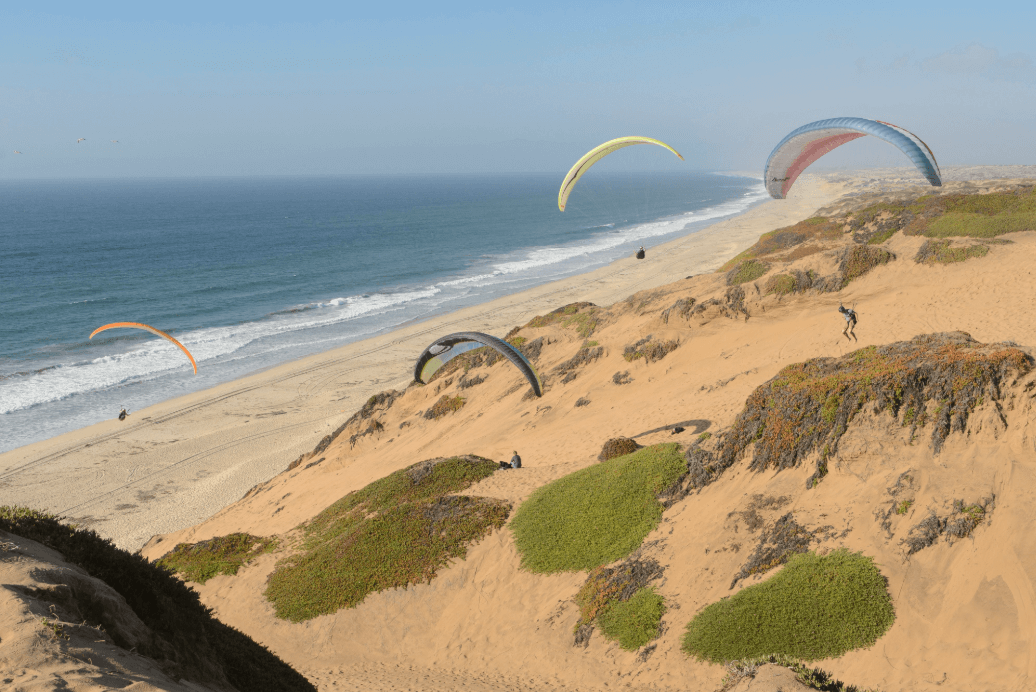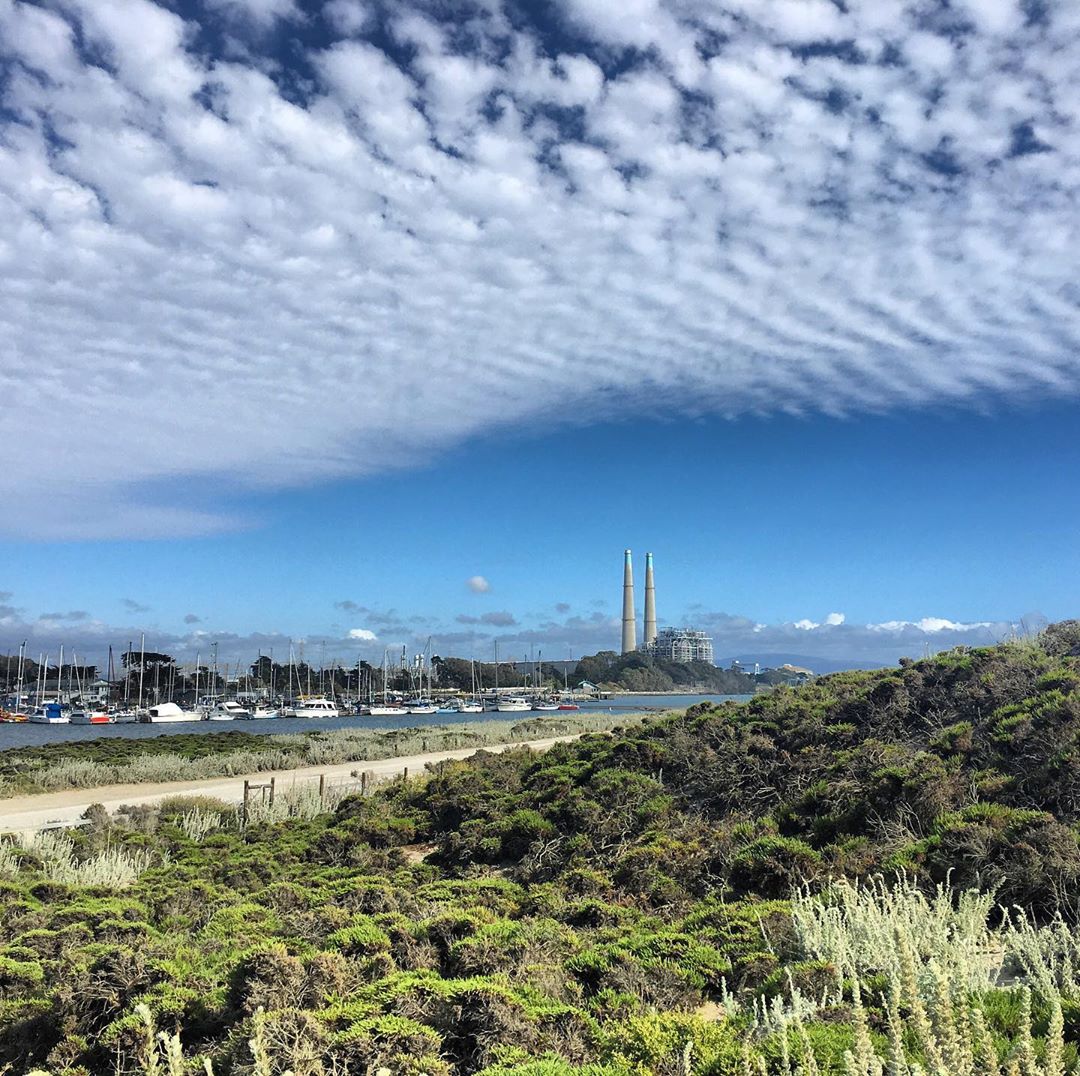The Monterey Bay National Marine Sanctuary is the ocean's equivalent of a national park. It has been preserved in its natural state as the public's marine playground. No matter which aquatic experience you prefer - sailing, fishing, whale watching, kayaking, surfing, scuba diving or just splashing around - the Monterey Bay National Marine Sanctuary is your 5,322 square mile recreation center.
Monterey Bay National Marine Sanctuary: The Nation's Largest Aquatic Park
The largest marine sanctuary in the United States, the Monterey Bay National Marine Sanctuary (MBNMS) stretches for 276 miles along California's coast and covers 5,322 square miles of ocean. The MBNMS provides a home for 4 turtle species, 26 species of marine mammal, 94 seabird species, 345 fish species, over 450 species of marine plants and 31 phyla of invertebrates. The largest kelp forest in the United States and one of the largest underwater canyons in North America are both located in the MBNMS, as well as one of the largest known seamounts in the US, the Davidson Seamount.
Monterey Bay National Marine Sanctuary Activities
The Monterey Bay National Marine Sanctuary isn't just a spot for marine researchers. With gray whales, blue whales, minke whales, fin whales, humpback whales, pacific right whales and sperm whales all migrating through or living in the MBNMS, it's the perfect site for whale watching expeditions. Visitors can go sailing and kayaking to enjoy the beauty of the MBNMS. It's also a popular spot for divers to do some underwater sightseeing.
Monterey Bay National Marine Sanctuary's Davidson Seamount
Deep-sea coral forests thrive on the Davidson Seamount. Much like forests on land, they provide a home to many other species, some of which have yet to be identified. The Davidson Seamount also hosts sponge fields, deep-sea fishes, crabs, shrimp and many other species. By incorporating it into the Monterey Bay National Marine Sanctuary, the federal government has ensured that this unique marine area can be studied by research organizations and preserved for future generations.
Underwater Parks
Here in California and around the world, special ocean areas are being set aside to protect key ocean habitats and species by managing activities that threaten their integrity. In 2012, California became an international leader in ocean conservation by completing the United States' first network of marine protected areas (MPAs) or underwater parks. Today over 120 MPAs stretch along the entire coast from Oregon to Mexico.
California's central coast region boasts 29 underwater parks, many of them right here in the Monterey Bay area. These MPAs protect special areas of our coast like the iconic Point Lobos, the tidepools of Pacific Grove Marine Gardens and Lovers Point, the world-renowned diving at Edward F. Ricketts, Asilomar's incredibly beautiful coastline, the recreational opportunities of Carmel Bay and many more important marine environments!
Come take a virtual tour of these underwater parks and discover what these special ocean areas have to offer, with breathtaking pictures and links to nearby activities.



















